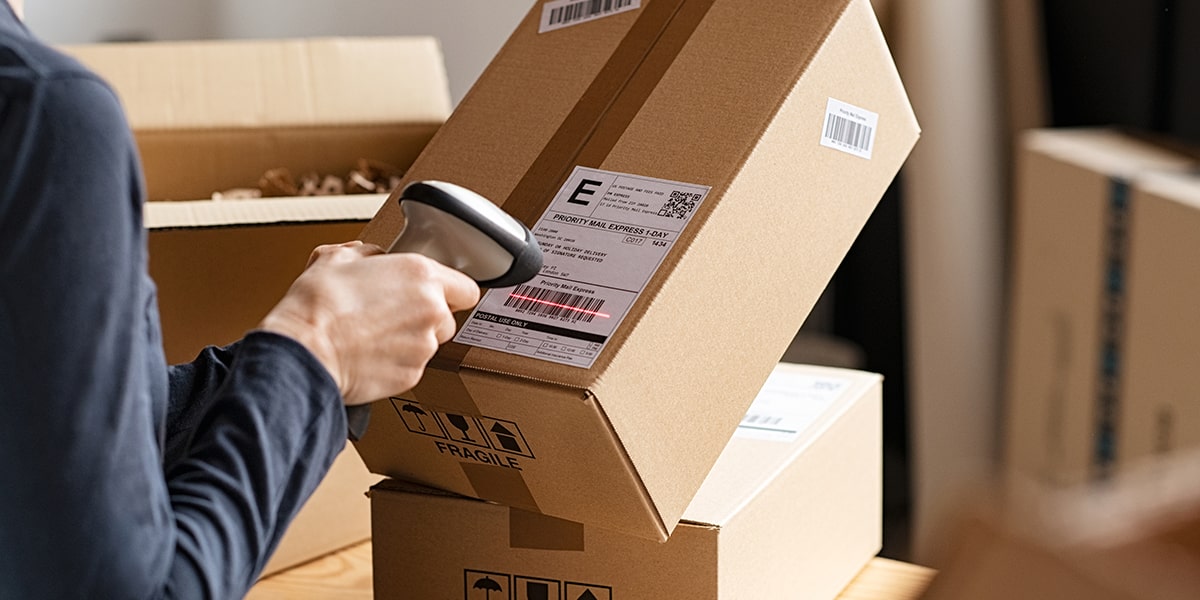Aroma Barrier Testing in Food Packaging
The integrity of food packaging is crucial to ensure product quality and safety. Aroma barrier testing plays a pivotal role in evaluating the ability of packaging materials to prevent the migration or permeation of aroma compounds into or out of the packaged food. This service ensures that food packaging maintains its intended properties, thus enhancing shelf life and consumer satisfaction.
Aroma barrier testing is essential for compliance with international standards such as ISO 15106-4:2017 and ASTM D3985. These standards provide a framework for conducting aroma permeability tests that assess the effectiveness of packaging materials in preserving the original flavor, aroma, and taste of food products.
The testing process typically involves preparing specimens from various types of packaging films, such as polyethylene (PE), polypropylene (PP), or multi-layered structures. The test specimens are exposed to controlled environments that mimic real-world conditions, including temperature, humidity, and exposure to light. This setup allows for the accurate measurement of aroma permeation through the packaging material.
Once testing is complete, detailed reports are generated, detailing the performance metrics such as aroma retention percentage, permeability rates, and shelf life enhancement capabilities. These insights help quality managers and R&D engineers make informed decisions regarding the choice of materials and design improvements for food packaging.
| Test Parameters | Description |
|---|---|
| Aroma Retention Percentage | The percentage of aroma compounds retained in the food product after exposure to packaging material. |
| Permeability Rate | The rate at which aroma compounds pass through the packaging material under specified conditions. |
| Shelf Life Enhancement | The extent by which the packaging extends the shelf life of food products without compromising quality. |
This service is particularly valuable for ensuring that packaging materials meet stringent international standards and regulatory requirements. By leveraging aroma barrier testing, companies can enhance their reputation as leaders in product safety and innovation, thereby gaining a competitive edge in the market.
In summary, aroma barrier testing is an indispensable tool for maintaining the quality of food products during storage and transportation. It ensures that packaging materials perform optimally under various environmental conditions, thus protecting the integrity and freshness of the packaged goods.
International Acceptance and Recognition
- Aroma barrier testing is widely recognized in the global food industry for its role in ensuring product integrity.
- The International Organization for Standardization (ISO) has published ISO 15106-4:2017, which sets out comprehensive guidelines for conducting aroma permeability tests.
- ASTM D3985 provides an additional framework that is widely accepted in the United States and other countries.
- European standards such as EN 12697 also emphasize the importance of aroma barrier testing in maintaining food quality.
The recognition of this service by major international organizations underscores its significance in ensuring high-quality packaging for the global market. Compliance with these standards not only enhances a company's reputation but also fosters trust among consumers and regulatory authorities.
Competitive Advantage and Market Impact
Aroma barrier testing offers significant competitive advantages to companies operating in the consumer products sector. By ensuring that packaging materials meet stringent international standards, firms can differentiate themselves from competitors by offering superior product quality and safety. This service also enhances shelf life, which is a critical factor influencing market performance.
Moreover, compliance with aroma barrier testing demonstrates a company's commitment to ethical business practices and consumer protection. Such transparency builds brand loyalty and trust among consumers, ultimately leading to increased market share and profitability.
In the highly competitive food packaging industry, maintaining product integrity is paramount. Aroma barrier testing ensures that companies can deliver products that meet or exceed customer expectations, thereby setting a benchmark for excellence in the sector.
Use Cases and Application Examples
- Evaluating the effectiveness of new packaging materials before market release.
- Monitoring the performance of existing packaging materials over time to identify any degradation in aroma barrier properties.
- Determining the optimal shelf life for various food products based on their packaging design.
- Comparing different types of packaging films to find the most suitable option for a particular product line.
Aroma barrier testing is particularly relevant for companies that produce perishable goods such as dairy products, meat, and baked goods. By ensuring that these products retain their aroma during storage, companies can significantly enhance customer satisfaction and reduce waste.
| Use Case | Description |
|---|---|
| Evaluating New Packaging Materials | This involves testing new packaging films or multi-layered structures to ensure they meet the required aroma barrier properties before market release. |
| Monitoring Existing Packaging | The performance of existing packaging materials is monitored over time to identify any potential degradation in aroma barrier properties. |
| Determining Optimal Shelf Life | The optimal shelf life for various food products based on their packaging design can be determined through aroma permeability testing. |
| Comparing Packaging Options | Different types of packaging films are compared to find the most suitable option for a particular product line. |
These use cases highlight the versatility and importance of aroma barrier testing in ensuring food safety, quality, and consumer satisfaction. By leveraging this service, companies can stay ahead of market trends and regulatory requirements.





